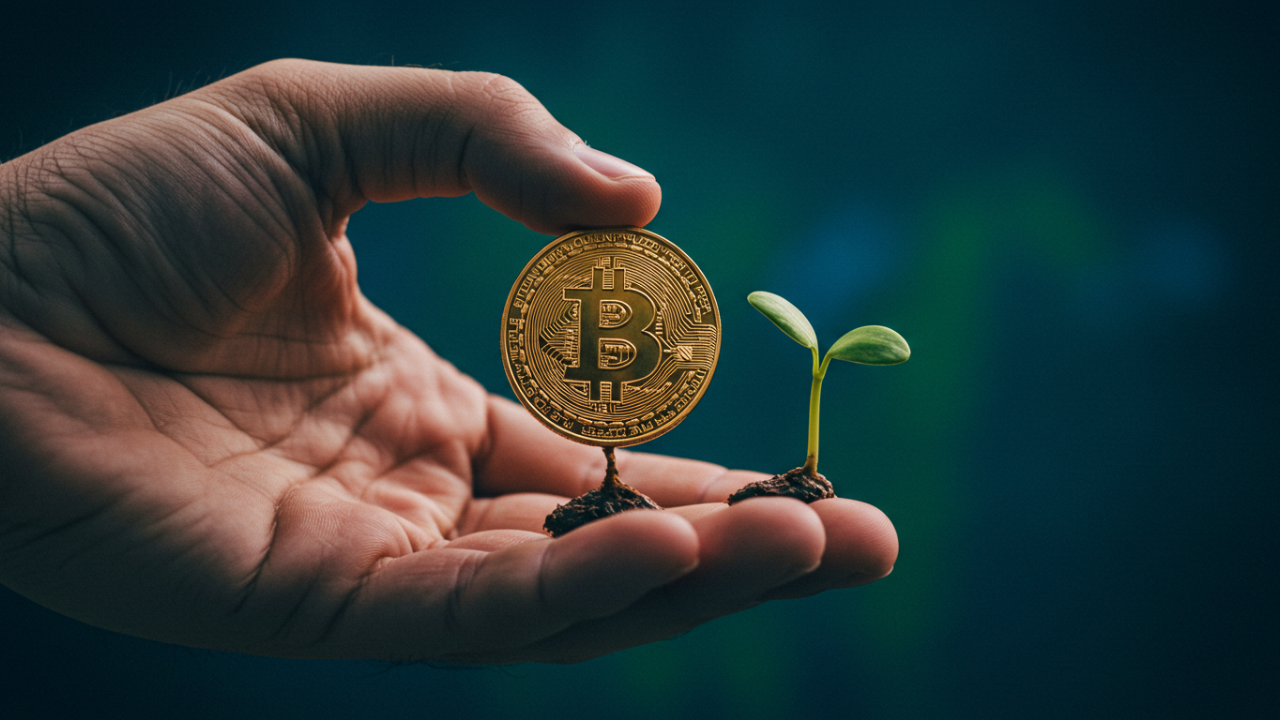Introduction to Bitcoin
Bitcoin, often abbreviated as BTC, is the world’s first decentralized digital currency, created in 2009 by an anonymous person or group known as Satoshi Nakamoto. It operates on a technology called blockchain, which is essentially a public ledger that records all transactions securely and transparently without needing a central authority like a bank. As of August 24, 2025, Bitcoin’s price hovers around $115,000 per coin, down from its all-time high of about $124,000 earlier this month. This guide aims to equip beginners with the knowledge to invest wisely, covering basics, steps to get started, risks, and strategies.
Why Consider Investing in Bitcoin?
Bitcoin has evolved from a niche experiment to a mainstream asset, attracting investors for several reasons.
Potential for High Returns
Historically, Bitcoin has delivered impressive growth. For instance, if you invested $1,000 in 2015 when it was around $300, that would be worth over $383,000 today at current prices. While past performance isn’t a guarantee, factors like limited supply (capped at 21 million coins) and increasing adoption by institutions drive optimism.

Hedge Against Inflation and Diversification
Unlike traditional currencies, Bitcoin isn’t printed at will by governments. Its scarcity makes it a potential “digital gold” to protect against inflation. Adding a small percentage (e.g., 5-10%) of Bitcoin to a diversified portfolio can reduce overall risk, as it often moves independently of stocks and bonds.
Growing Institutional Adoption
In 2025, major companies like MicroStrategy hold billions in Bitcoin, and spot Bitcoin ETFs have amassed over $166 billion in assets. This mainstream integration signals long-term viability.
How to Get Started with Bitcoin Investing
Investing in Bitcoin is straightforward, but it requires careful steps to ensure security and compliance.
Step 1: Educate Yourself and Set Goals
Before buying, understand your risk tolerance. Are you investing for long-term growth or short-term gains? Start small—never invest more than you can afford to lose. Resources like books (“The Bitcoin Standard”) or free online courses can build your foundation.
Step 2: Choose a Reputable Exchange
Select a user-friendly platform like Coinbase, Binance, or Kraken. These allow you to buy Bitcoin with fiat currency (e.g., USD). Look for features like two-factor authentication, insurance against hacks, and low fees. In 2025, ensure the exchange complies with regulations in your country to avoid tax issues.
Verifying Your Account
Most exchanges require identity verification (KYC) to prevent fraud. Upload your ID and proof of address—it usually takes a few days.
Step 3: Set Up a Wallet
A wallet stores your Bitcoin. Options include:
- Hardware Wallets: Devices like Ledger or Trezor for offline storage (cold wallet), ideal for long-term holding due to high security.
- Software Wallets: Apps like Electrum or mobile wallets like Trust Wallet for easier access, but more vulnerable to hacks. Beginners should start with an exchange’s built-in wallet, then transfer to a personal one for better control.
Step 4: Buy Bitcoin
Link your bank account or credit card to the exchange. Decide on your amount—use dollar-cost averaging (DCA) by buying fixed amounts regularly to mitigate volatility. For example, invest $100 weekly regardless of price. Current transaction fees are low, often under 1%, but check for network congestion.
Step 5: Secure and Monitor Your Investment
Enable all security features. Track your portfolio via apps like Blockfolio. Stay informed through reliable sources like CoinDesk or Bitcoin.org, but avoid hype from social media.
Risks and Considerations in Bitcoin Investing
Bitcoin isn’t without pitfalls—understanding them is crucial for informed decisions.
Volatility
Prices can swing wildly; Bitcoin dropped over 5% in the past week alone. Prepare for emotional ups and downs by focusing on long-term trends.
Regulatory and Security Risks
Governments are tightening rules—e.g., potential taxes on gains in many countries. Hacks on exchanges have occurred, so use reputable platforms and avoid storing large amounts online.
Environmental and Market Concerns
Bitcoin mining consumes significant energy, drawing criticism. Also, competition from other cryptocurrencies like Ethereum could impact its dominance.
To mitigate, diversify, use stop-loss orders if trading, and consult a financial advisor.
Investment Strategies for Beginners
Tailor your approach to your goals.
HODLing (Hold On for Dear Life)
Buy and hold long-term, ignoring short-term fluctuations. This strategy has worked for early adopters, betting on Bitcoin’s scarcity and adoption.
Dollar-Cost Averaging (DCA)
Invest fixed sums periodically to average out costs. For example, buying $50 of Bitcoin bi-weekly reduces the impact of buying at peaks.
Basic Trading Tips
If you’re adventurous, learn technical analysis (e.g., moving averages). Start with paper trading on simulators. Avoid leverage as a beginner—it amplifies losses.
In 2025, with Bitcoin near $115,000, analysts predict it could reach $130,000 by year-end if institutional inflows continue, but always do your own research.
FAQ
What is the minimum amount to invest in Bitcoin?
You can start with as little as $10 on most exchanges, thanks to fractional buying (e.g., 0.0001 BTC).
Is Bitcoin safe to invest in?
It’s as safe as any high-risk asset. Focus on security practices and never invest more than you can lose.
How do I cash out my Bitcoin?
Sell on an exchange and withdraw to your bank. Be aware of capital gains taxes—track your cost basis.
Can Bitcoin make me rich?
Possibly, but it’s not guaranteed. Success stories exist, but many lose money due to poor timing or scams.
What’s the difference between Bitcoin and other cryptocurrencies?
Bitcoin is the original, focused on being a store of value. Others like Ethereum offer smart contracts for apps.
Should I invest in Bitcoin now (August 2025)?
At around $115,000, it’s below its recent high, potentially a good entry if you believe in long-term growth. Research current trends and consult experts.



